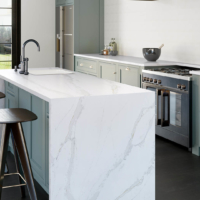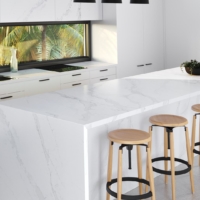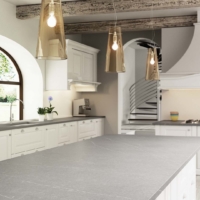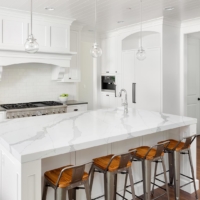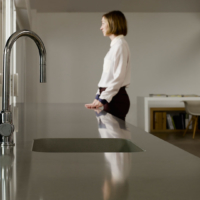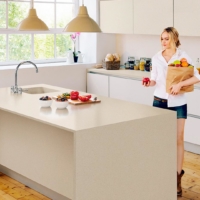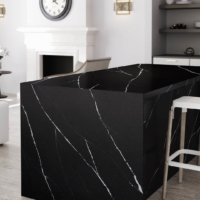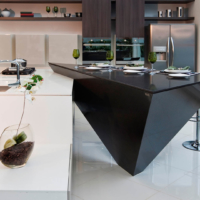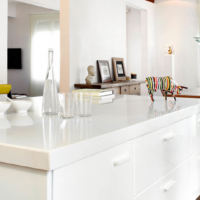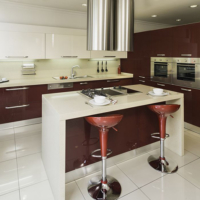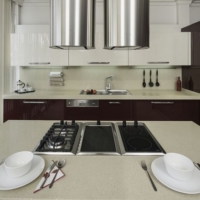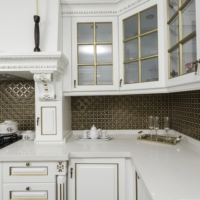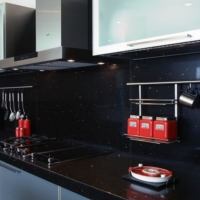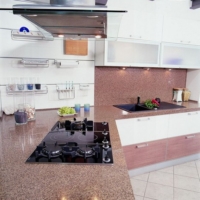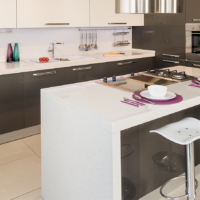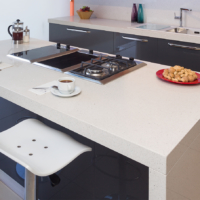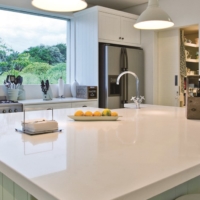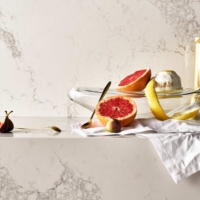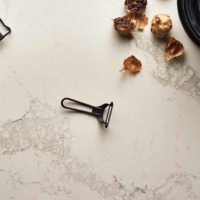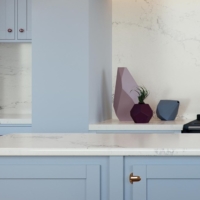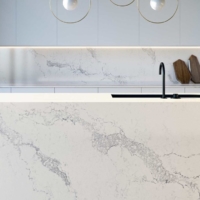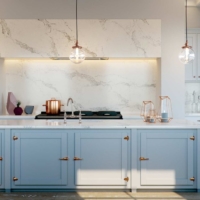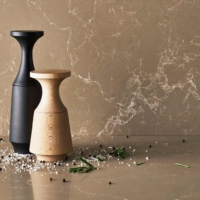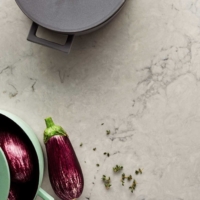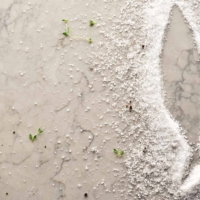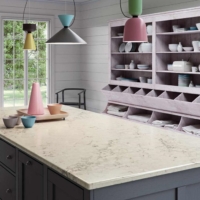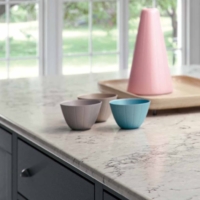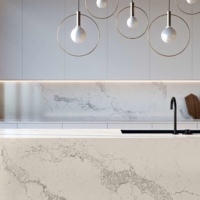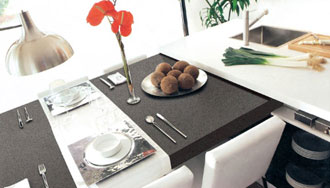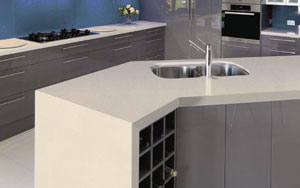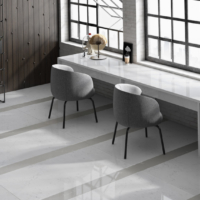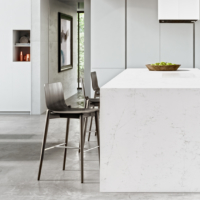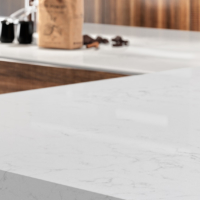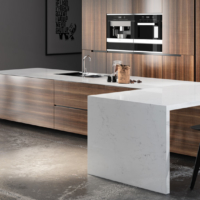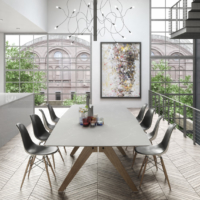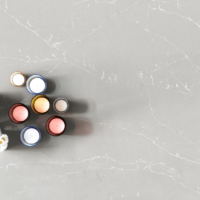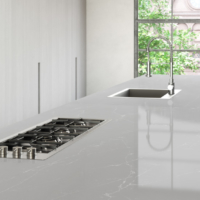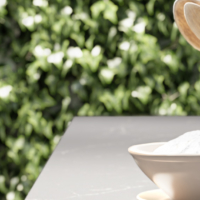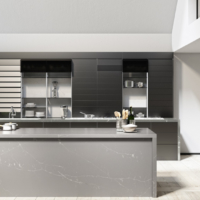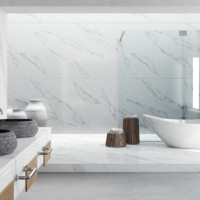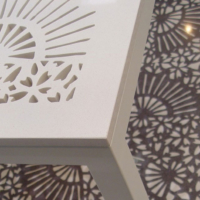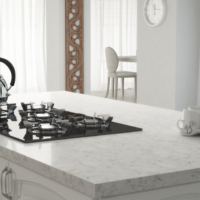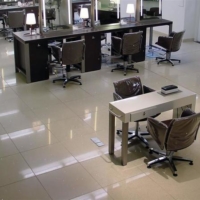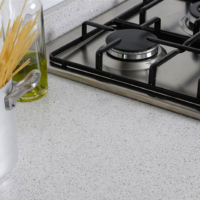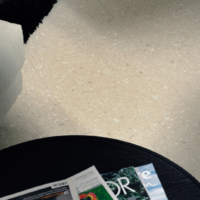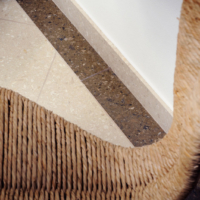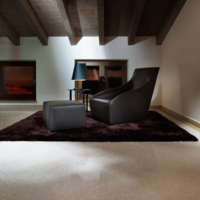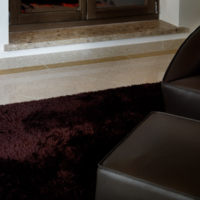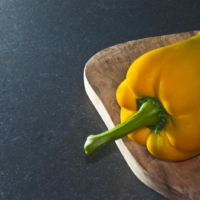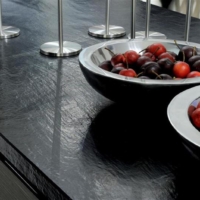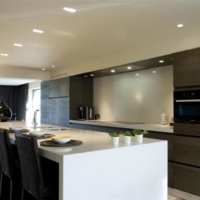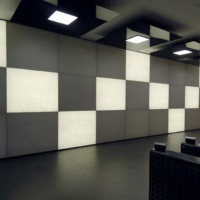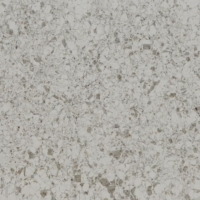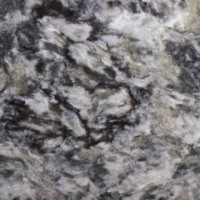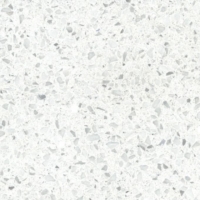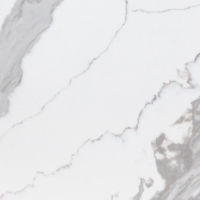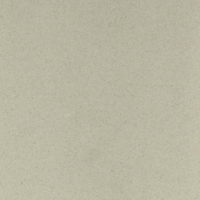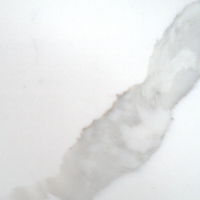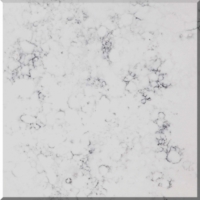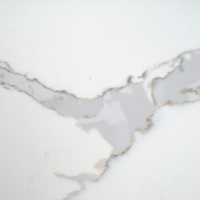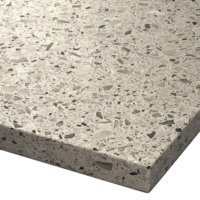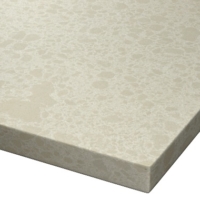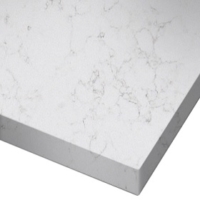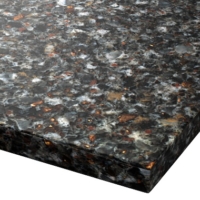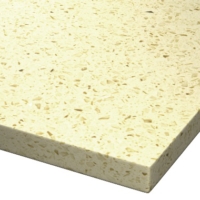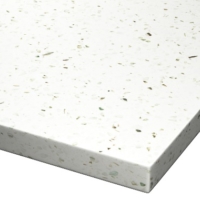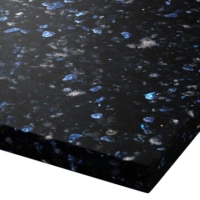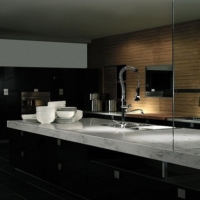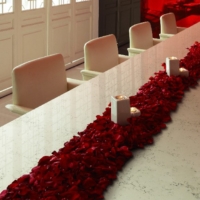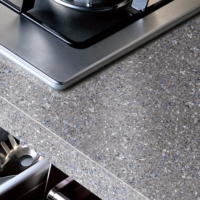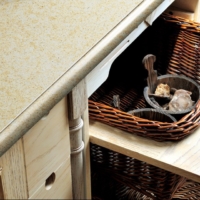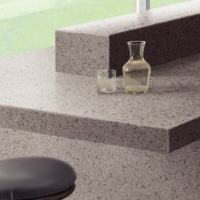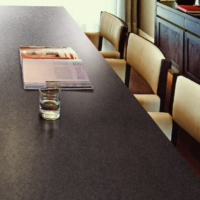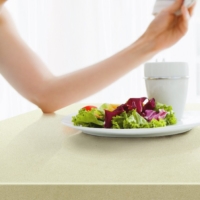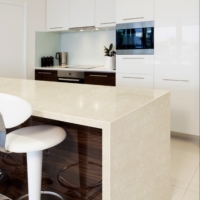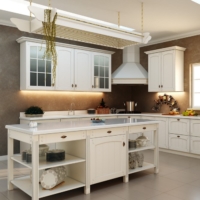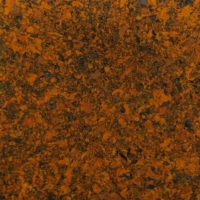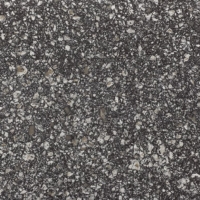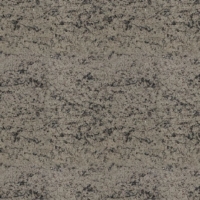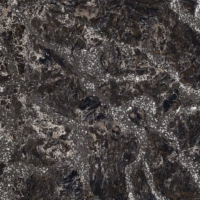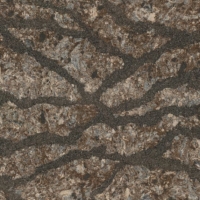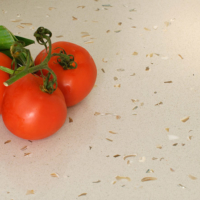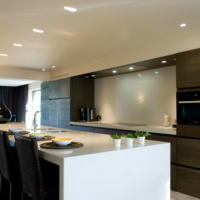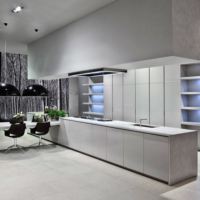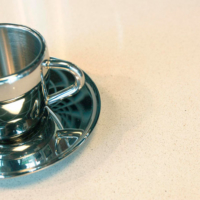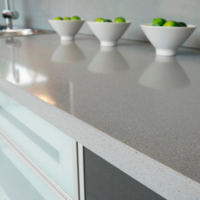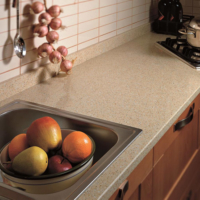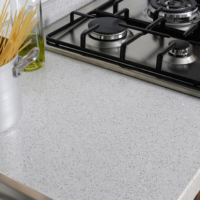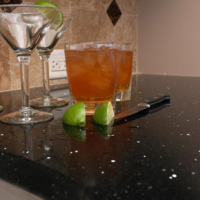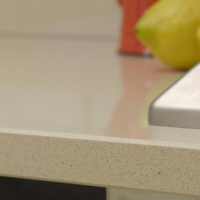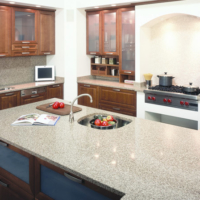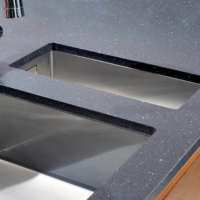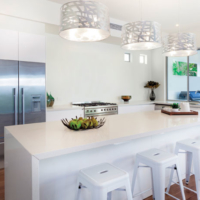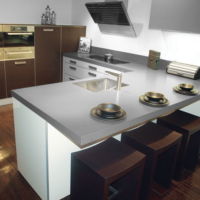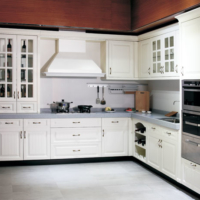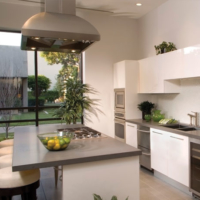When it comes to choosing the perfect worktop for your kitchen or bathroom, durability and aesthetics are two crucial factors. Silestone worktop have emerged as one of the most sought-after choices for homeowners and interior designers due to their blend of beauty and resilience. Made from high-quality quartz and enhanced with cutting-edge technology, Silestone worktops offer a luxurious look while providing exceptional resistance to stains, scratches, and impact.
In this guide, we will explore everything you need to know about Silestone worktops, including their benefits, popular styles, maintenance tips, and how they compare to other worktop materials.
What is Silestone?
Silestone is a premium engineered quartz surface composed of 90% natural quartz combined with resins and other materials to create a non-porous, highly durable, and aesthetically pleasing worktop. Manufactured by Cosentino, Silestone is renowned for its vast range of colors, textures, and finishes, making it a versatile choice for modern kitchens and bathrooms.
Benefits of Silestone Worktops
1. Exceptional Durability
Silestone worktops are incredibly strong, thanks to their high quartz content. They are resistant to scratches, chips, and cracks, making them ideal for high-traffic areas like kitchens.
2. Stain Resistance
Unlike natural stones such as marble and granite, Silestone is non-porous, meaning it does not absorb liquids. This makes it highly resistant to stains from coffee, wine, lemon juice, and other common kitchen spills.
3. Low Maintenance
Silestone worktops require minimal maintenance compared to other materials. They do not need sealing, unlike granite or marble, and can be cleaned easily with mild soap and water.
4. Wide Range of Colors and Finishes
With over 90 colors and multiple finishes, including polished, suede, and volcano textures, Silestone allows homeowners to achieve a customized look that suits their kitchen design.
5. Hygienic and Antibacterial
Silestone features a built-in bacteriostatic protection system, which helps prevent the growth of bacteria and mold, making it a hygienic choice for food preparation areas.
6. Eco-Friendly Option
Silestone offers an eco-friendly line known as the “Eco Line,” which is made from recycled materials such as glass and porcelain. This makes it a sustainable choice for environmentally conscious homeowners.
Popular Silestone Worktop Styles
1. Calacatta Gold
A luxurious white worktop with elegant gold and gray veining, perfect for creating a high-end kitchen aesthetic.
2. Eternal Marquina
A stunning black worktop with dramatic white veining, offering a sophisticated and modern look.
3. Blanco Zeus
A crisp, pure white worktop that complements minimalist and contemporary kitchen designs.
4. Cemento Spa
A sleek gray worktop with a concrete-inspired finish, ideal for industrial-style kitchens.
5. Stellar Night
A black worktop with embedded reflective particles, adding a touch of glamour to any kitchen space.
Comparing Silestone to Other Worktop Materials
1. Silestone vs. Granite
- Durability: Both materials are highly durable, but Silestone is less prone to cracks and chips.
- Maintenance: Granite requires periodic sealing, whereas Silestone is maintenance-free.
- Stain Resistance: Silestone is non-porous and resists stains better than granite.
- Aesthetic Appeal: Granite offers natural variations, while Silestone provides more uniformity in color and pattern.
2. Silestone vs. Marble
- Durability: Marble is softer and more prone to scratches and stains compared to Silestone.
- Maintenance: Marble requires regular sealing, while Silestone does not.
- Aesthetic Appeal: Marble has a classic and luxurious look, but Silestone offers similar designs with enhanced durability.
3. Silestone vs. Quartzite
- Durability: Quartzite is a natural stone that is very durable, but it requires sealing.
- Maintenance: Silestone is easier to maintain due to its non-porous nature.
- Cost: Quartzite can be more expensive than Silestone, depending on the rarity of the stone.
How to Maintain Your Silestone Worktop
1. Daily Cleaning
Wipe down the surface with a damp cloth and mild soap. Avoid harsh chemicals or abrasive cleaners.
2. Avoid High Heat Exposure
Although Silestone is heat-resistant, it is recommended to use trivets or heat pads for hot pots and pans to prevent damage.
3. Use Cutting Boards
While Silestone is scratch-resistant, using a cutting board can help maintain its pristine surface over time.
4. Prevent Chemical Damage
Avoid exposing the worktop to strong chemicals such as bleach, paint removers, or solvents, as these can cause discoloration.
Cost of Silestone Worktops
The cost of Silestone worktops varies depending on the color, finish, and installation requirements. On average, the price ranges from £250 to £500 per square meter, including installation.
Factors affecting the cost include:
- Thickness: 12mm, 20mm, or 30mm thickness options.
- Edging Style: Straight, beveled, or ogee edges may add to the cost.
- Custom Cutouts: Sink cutouts, draining grooves, and splashbacks may increase the price.
Design Ideas for Silestone Worktops
1. Modern Minimalism
Pair a white Silestone worktop like Blanco Zeus with handleless cabinetry for a sleek, minimalist look.
2. Classic Elegance
Use a veined Silestone option like Eternal Calacatta Gold with brass or gold hardware for a timeless aesthetic.
3. Industrial Chic
Combine a gray Silestone worktop like Cemento Spa with exposed brick walls and black metal fixtures for an industrial feel.
4. Bold and Dramatic
Opt for a dark-colored worktop like Eternal Marquina with matte black cabinetry for a moody and contemporary design.
5. Scandinavian Simplicity
Use a soft gray or beige Silestone worktop with light wood cabinetry to achieve a cozy, Scandinavian-inspired kitchen.
Final Thoughts
Silestone worktops are an excellent choice for homeowners seeking the perfect blend of beauty and durability. With their wide range of colors, low maintenance requirements, and superior resistance to stains and scratches, they offer an elegant and practical solution for modern kitchens and bathrooms.
Whether you prefer a classic marble look, a bold statement piece, or a sleek contemporary finish, Silestone provides a versatile and long-lasting worktop option. By choosing a Silestone worktop, you are investing in both style and functionality, ensuring your kitchen remains a stunning focal point for years to come.

